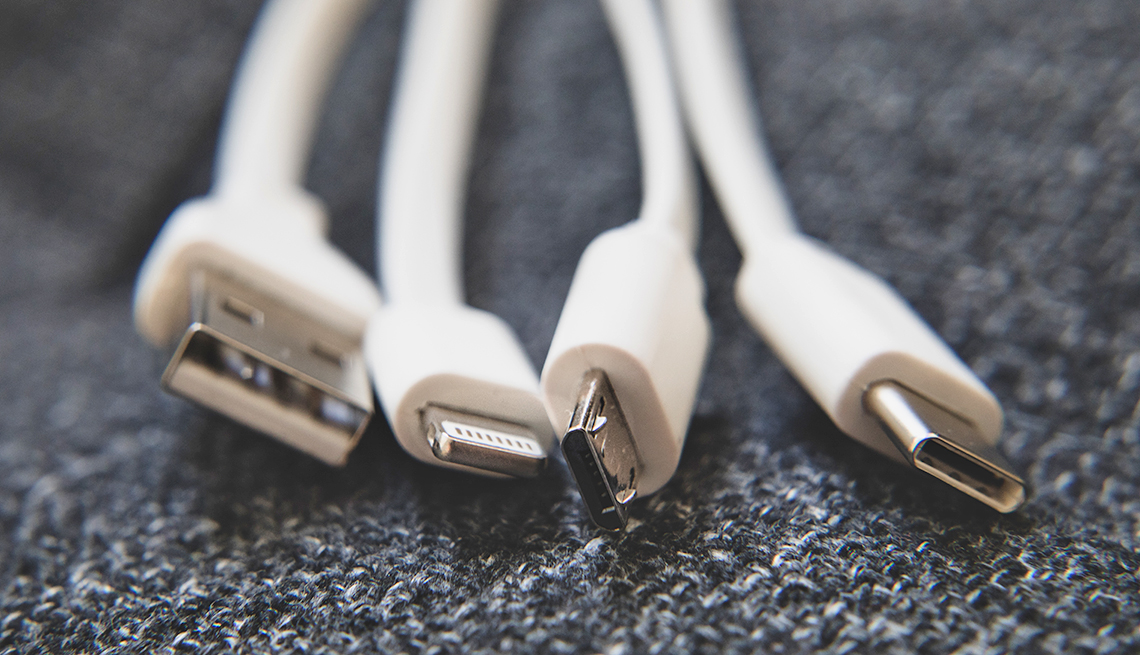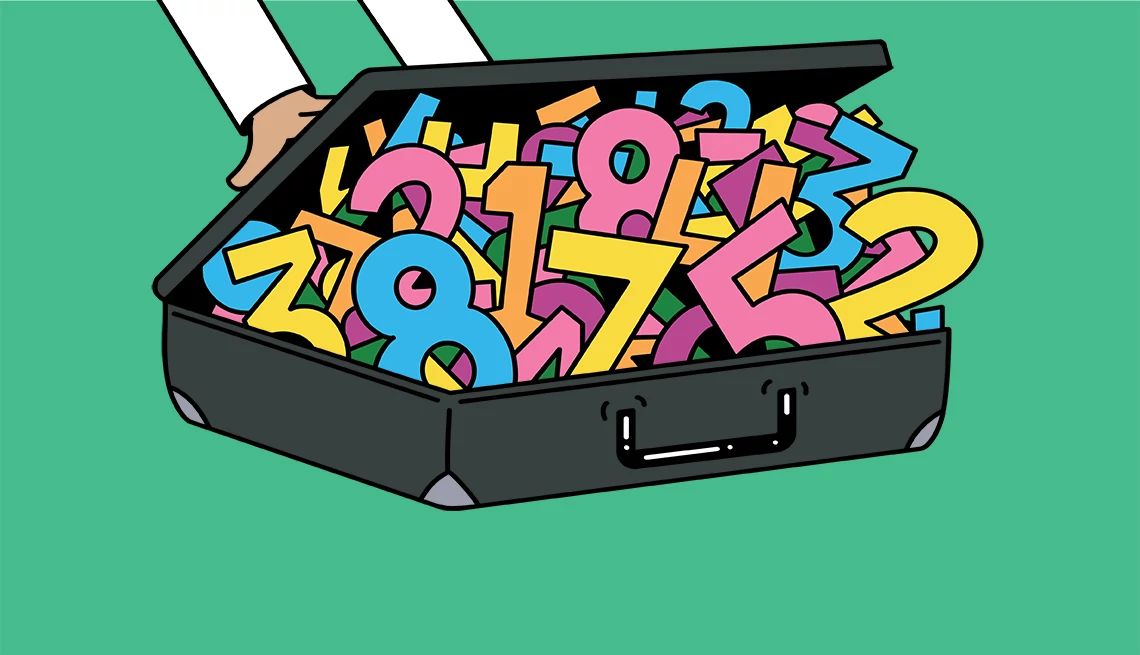
- Select a language for the TTS:
- UK English Female
- UK English Male
- US English Female
- US English Male
- Australian Female
- Australian Male
- Language selected: (auto detect) - EN
Play all audios:
For now, smartphone penetration for USB-C is around 70 percent, according to the London global research firm Omdia. Though a USB-C cable is compatible with other varieties of USB, the
different connecting end means you will need a dongle or adapter to plug it into one of those ports. SOME PCS GIVE YOU USB-A, USB-C OPTIONS USB-A. On laptops, USB-A ports that have been on
the machines for years are on the way out. Omdia puts laptop penetration for USB-C at 95 percent. If you still rely on regular USB cables to connect printers, memory card readers and other
“legacy” peripherals and accessories, an adapter or dock may be required. USB-B. If you’re curious, USB-B connectors have a more square end and often have been used to attach larger devices,
such as printers and scanners, to a laptop or desktop computer. A USB-A connector generally sits on the computer end. USB-C. To help with the changing of the guard, some laptops are
equipped with both USB-C and USB-A ports. That’s a welcome development given all the proprietary and incompatible charging solutions laptop manufacturers have foisted on consumers for years,
but the design means that these may not be the thinnest or lightest computers. THE EUROPEAN UNION CHOOSES USB-C Worldwide, manufacturers are embracing USB-C. To cut down on consumer
frustration and tackle e-waste, in June 2022 the European Commission established USB-C as “the common charging port for all mobile phones, tablets and cameras” in the European Union by fall
2024. Computer mice, earbuds, e-readers, handheld video game consoles, keyboards, laptops, portable navigation devices and portable speakers are also covered under the EU rules. Some 420
million mobile phones and other portable electronic devices were sold in the EU in 2020, according to the European Commission. Consumers there own, on average, at least three mobile
phone chargers, two that they use regularly. Nearly 4 in 10 people report having experienced problems at least once because they could not juice up their phones because of incompatible
chargers. The European mandate forced Apple to go all in on USB-C on the newest iPhones. Selling iPhones in the U.S. and elsewhere with the Lightning connector while producing USB-C
versions that meet the European mandate would have been an extra cost for Apple. “We support this initiative from the EU and believe it will have a positive impact on both consumer
convenience and the reduction of e-waste,” Founder and CEO Steven Yang of Anker Innovations, a global producer of charging technologies, said in a statement to AARP in October 2021. He
added that the annual waste from disposed mobile chargers and cables is estimated to be 300,000 tons a year. ISSUES THAT STILL NEED DETANGLING WHY IS USB-C EMERGING AS THE MODERN CHOICE?
Versatility and convenience, for starters. Much like Lightning, USB-C has a symmetrical connector you can plug in any which way. “That’s great for everyone, but especially for people with
limited dexterity,” says Avi Greengart, president of Techsponential, a New Jersey–based technology research firm. USB-C is generally faster, too. Because computers, phones and other
devices are adopting it, the promise is that you can use a single charger. “Where it gets tricky is that USB-C can support faster charging and faster data transfers,” he says. “But not all
USB-C cables are created equal — and there’s no way to know what a cable can do just by looking at it.” What’s more, USB-C isn’t compatible with USB-A unless you add an adapter. IS YOUR
CABLE UP TO SNUFF? It isn’t easy to tell, Greengart says. Generally speaking, you should buy cables from reputable hardware manufacturers and accessory brands, including companies such as
Anker and Belkin. The cheapest cables you may find online or in convenience stores may be fragile or charge slowly. All cables are vulnerable to the torturous yanks and tugs we put them
through. Manufacturers commonly highlight the “bend life span” as an indicator of cable quality. The larger the bend life span, the longer the cable should theoretically last. Anker, for
example, offers cables that have life spans of 10,000 to 40,000 bends.



:max_bytes(150000):strip_icc():focal(319x0:321x2)/people_social_image-60e0c8af9eb14624a5b55f2c29dbe25b.png)




